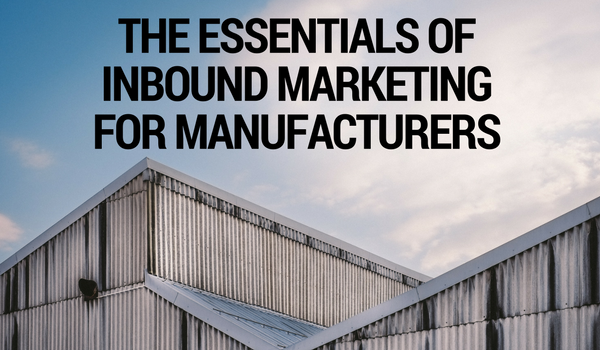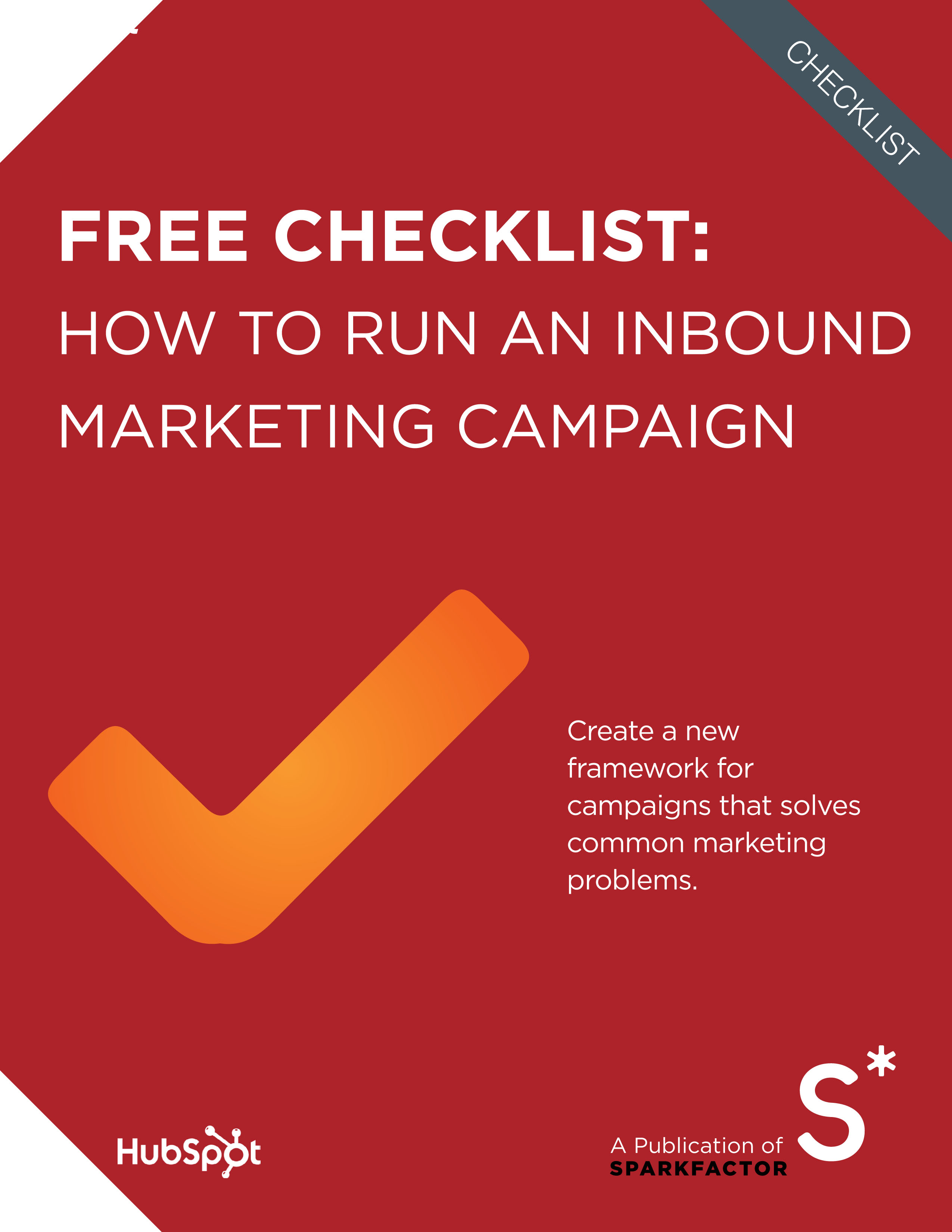
If you’re new to the concept of inbound marketing or if you’re looking for a down and dirty rundown of its elements, you’ve come to the right place.
Inbound marketing is a marketing methodology that encourages the integration of multiple marketing tactics, working together to move potential clients down the sales funnel. The goal of inbound marketing is to meet your manufacturing audience where they are in their buying process and create trust through content, all leading to customer acquisition.
As you’ll see below, there are four main goals that inbound marketing can accomplish for manufacturers and manufacturing companies. Each goal has certain tactics that work best to accomplish this goal, adding up to a cohesive marketing strategy.
1: Generate Qualified Website Traffic
Content Marketing, Search Engine Optimization, Social Media Sharing
The first goal of inbound marketing is to get consumers looking at your website. Prospects are looking online daily for better solutions to their problems and the manufacturing industry is no exception. The first place anyone starts research is by engaging social media or searching on Google.
Draw prospects in by having a top result on a search engine results page for a relevant keyword related to your business. Create content on your website or blog that addresses the complexity of the challenges your prospects face as well as the way your products solve those challenges.
When you write relevant content that answers prospects’ questions and addresses their pain points while using awesome search engine optimization techniques, your company sets itself up for more qualified website traffic. Creating thought leadership through blog posts and content offers establishes your company as an expert in the industry. Sharing that thought leadership on social builds awareness and gains credibility for your company with those in the industry and prospects that are researching new solutions.
2: Convert Website Visitors into Leads
Call-to-Action (CTA) buttons, Landing Pages, Forms
Turning the curious traffic from above into qualified leads is the next goal that inbound marketing helps you achieve. Leads are those visitors who are further down the funnel and are researching to find a new solution in the near future—they want more information now.
To learn more about these leads, you’ll need to gather information about them. Creating more in-depth premium content pieces and offers—such as ebooks, webinars, and free demos—helps you attract those leads. These offers live on their own individual landing pages that explain the value of the offer to the audience. The landing page also includes a form used to collect information about the person who wants to download the offer—not only will the visitor be getting the free content they want, they will also be letting you know more about themselves.
Use call-to-action buttons across your website and blog to advertise these special content offers. These buttons should entice your audience to click on the button and lead them to the landing page of the content offer.
{{cta(‘a5c61f0a-5a5e-4ec9-bff6-d043dd2c365d’)}}
3: Turn Leads into Customers
Email Marketing, Sales Consulting
Now that you know this particular prospect is interested in your services or products, don’t just sit back and wait for them to call you. By utilizing the process of lead-nurturing, you can guide your new prospects down the path to purchase and have them be informed when a sales representative does call.
If someone took advantage of a premium content offer, they might also be interested in a related ebook or white paper on a similar topic. To continue to communicate with this prospect, you can set up an automated email campaign. This campaign can send a series of emails suggesting other, relevant offers to keep them engaged with your content while also moving them along the sales funnel.
You’ll be able to use the data collected from the form and data from interactions with the email campaign to learn more about their needs and interests. By the time the prospect is at the end of the campaign or further down the sales funnel, your sales representatives will know how to best accommodate their needs and focus the discussion on the best solution for them.
4: Measure, Analyze, Interpret & Refine
Marketing Automation Software, A/B Testing, Misc. Analytics Tools
If you’re going to put in the effort to create a killer inbound campaign, it’s important to make sure that what you’re doing is actually working. Marketing automation software, like Hubspot, provides you with an integrated platform to facilitate and analyze all of your inbound marketing efforts.
One easy way to gauge results is through the use of A/B testing. A/B testing allows you to examine what works best to drive customers through your content. You might show a call-to-action that says, “Get Your eBook Today!” to one set of prospects and another that says, “Download Now” to a different group. After looking at the data, you can determine which CTA got the most click-throughs and then use that as your default CTA.
Utilizing analytics helps to fine-tune your campaigns and offerings, allowing you to replicate successes in the future and dispose of what’s not working as quickly as possible.
Takeaways
To stay competitive in this changing marketing landscape, you must create campaigns that place your brand directly in front of your target audience. You need to be able to answer questions, address pain points, give expert advice, and entertain with fresh, original content.
Applying these core elements of inbound marketing methodology, you too can create a campaign that will attract more qualified visitors, generate more leads, and convert more leads into customers.
 Need to learn more before re-launching your inbound marketing?
Need to learn more before re-launching your inbound marketing?
Click below to get our Free Checklist: How to Run an Inbound Marketing Campaign!
{{cta(‘a8898bae-502a-4d20-8265-c7c2e151b65c’)}}
